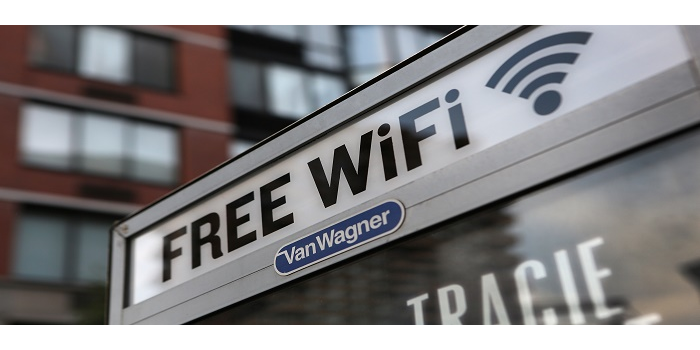Using Public Wi-Fi

In today’s age of Cyber Security, fraud and security breaches, it’s hard to stay safe when using your devices on the go. There may be a time when you need high speed internet on a laptop or tablet away from the security of your home network. In this situation, the best solution is to connect your phone to your laptop thru a cable or mobile hotspot.
What if you are in an area with bad data coverage for your phone? While a quick stop at a coffee shop or using free wi-fi might see easy, there are many hazards you should know about. Linux users should make sure a Firewall and ClamAV are installed. If you are using Windows, be sure to turn off Network Discovery and File and Print Sharing in the Control Panel for the Guest or Public Networks. While you’re in there, make sure the Windows Firewall is enabled, plus your malware and anti-virus are up to date.
To better prepare for this situation, check your home router for a program called OpenVPN. If your home router does not have OpenVPN, then you can subscribe to one of the many VPN service websites. Realize, a VPN will only hide the traffic of web browsing, but will not encrypt or secure the documents that are on your computer. Encrypting your hard drive will provide Data-At-Rest Protection.
While some operating systems such as Ubuntu come with OpenVPN automatically, for Windows, Android, or iOS you will need to download and install OpenVPN before you leave home. A VPN will only encrypt the information between your phone, tablet, or laptop, and send that encrypted information back thru your VPN server (home router is used). The information then leaves your home router as if you were sitting in your home office.
Speaking of operating systems, there are a number of Linux based operating systems that can be used as a “Live USB”. This is an operating system that installs and operates from a USB drive instead of your computer hard drive. Operating systems such as The Amnesic Incognito Live System (Tails), Knoppix, SubGraph OS, Mofo Linux, Robolinux, Linux Kodachi, and Sabayaon Linux are a few of the Live USB options available. All of these operating systems are designed to run from a USB drive to keep your web browsing securely away from anyone on the network you are using.
If you are using the Wi-Fi in an establishment, ask the location for the name of the Wi-Fi network and the password. Realize, the Wi-Fi password is only to connect to the network. It does not encrypt the traffic between the you and the web sites you visit. If you have the WI-FI password, you can use the network, but the traffic is not encrypted unless you are using a VPN. Think of it as the lock on the door of your office. If you have the key, you can go inside, but others might be able to hear what you say.
Limit the web browsing you do on a public Wi-Fi network. Do not access your bank, credit card, payroll site, investment site, or other private information without enabling Two-Factor Authentication. Google, Bank of America, and many credit card companies offer this additional protect. If you are going to use a public Wi-Fi, be sure you are connecting to the network you are intending. Watch out for hackers using a similar name (instead of CoxWiFi the network will be CoxWi-Fi). Many hackers use a similar name to catch people and monitor their traffic in a Man-In-The-Middle attack.
Read Also
- Be Alert When You Use An ATM
- Equifax Data Breach
- Back to school Cyber Hygiene Tips
- Phishing
- RNT ensures its clients practice good cyber hygiene
- Local Business Owner Teresa Rule Named to NSBA Leadership Council
- Convenience with a Cost: The Internet of Things
- How Will Russian Hacking Allegations Affect Small Businesses?
- FISMA







